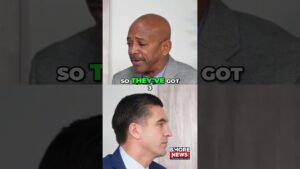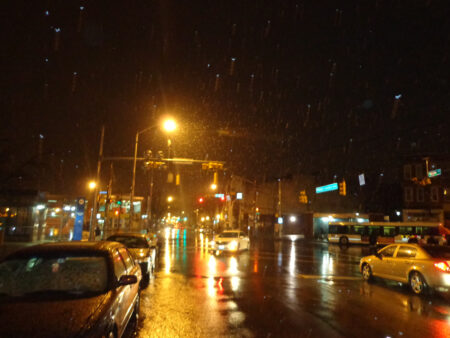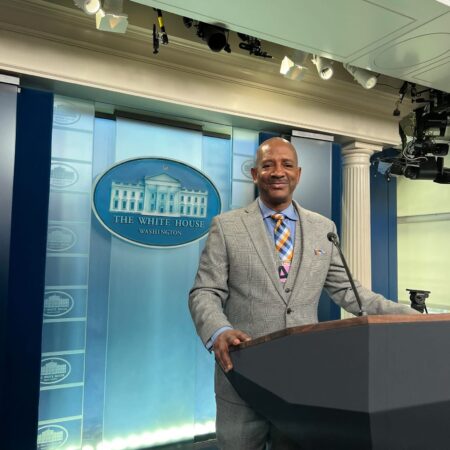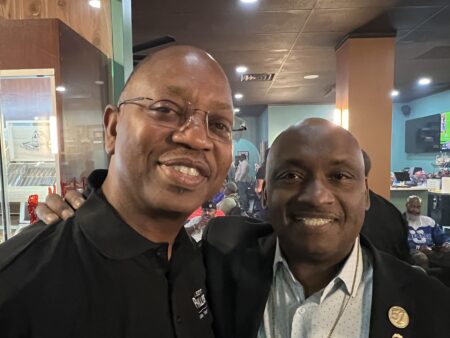(BALTIMORE – April 24, 2025) – For generations, Sandtown-Winchester has endured deep, layered trauma—far beyond what’s typically depicted by mainstream, non-indigenous media. These narratives often misrepresent the community, glossing over its rich history, unshakable resilience, and the systemic injustices it continues to confront.
The grief of losing loved ones—whether to violence, poverty, or police misconduct—cuts deep. The 2015 Freddie Gray Uprising may have stunned the nation, but for Sandtown residents, it was not a beginning. It was another painful reminder of the ongoing harm inflicted by institutions like the Western District Police Station—an emblem of decades of abuse targeting Black Baltimoreans.
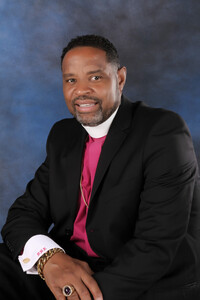
The wounds run deeper still with the loss of safe community spaces. In 2007, the Sandtown-Winchester Community Center was closed and converted into a shelter. The former William Pinderhughes Elementary School, once a pillar of education, became a temporary housing facility for those displaced from “tent city” at City Hall. Many of those residents were later moved—without stability—to Pennsylvania Avenue.
Instead of supporting healing, some local institutions have added to the harm. Certain clergy have used their positions for personal gain rather than to uplift the community. Missionaries arrived with a “we know best” mindset, often disregarding the voices of residents they claimed to serve.
Nonprofits and consultants came with promises to empower—but many left with profits instead. They offered quick fixes, not long-term change, and too often excluded residents from real decision-making.
The impact of systemic disinvestment is still felt today. Gilmor Elementary School was closed shortly after receiving a new library. The nearby Lillian S. Jones Recreation Center shut down soon after a 13-year-old girl was killed just outside its doors.
And still we ask: Where are the mental health resources that are so accessible in white communities? Where is the commitment to wellness and recovery for Sandtown?
Maryland once promised that lottery and casino revenues would strengthen public education. But while taxpayer dollars fund shiny new stadiums, Sandtown still lacks a proper community center—a place where children can play, elders can gather, and all can find healing.
But hope is not lost. Healing is possible.
Join us this Sunday, April 27th, from 3 to 5 p.m. at Sharon Baptist Church in Sandtown for Freddie Gray: The Aftermath. This powerful gathering will feature voices of truth and action, including community leaders like Rev. Corey Barnes and John Davis of the Salvation Army. Bishop Kevia F. Elliott, a faithful member of We, Our, Us!, will also bring a word from God.
Healing takes more than time—it takes truth, intention, unity, and faith. Come reflect with us on how far we’ve come since the tragedy of Freddie Gray—and how much farther we must go. Together, we can continue the work of transformation.

